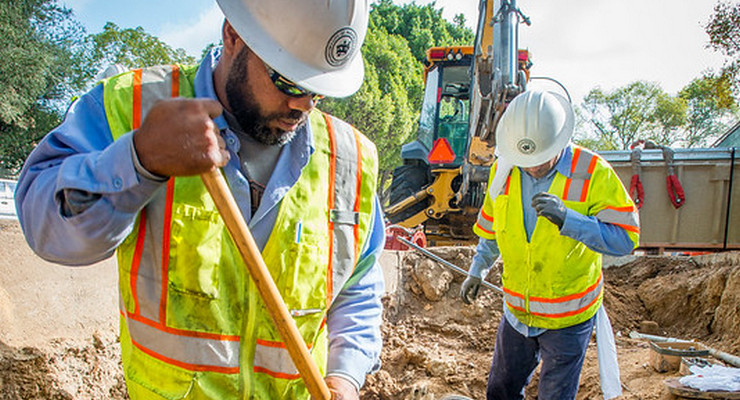
California state law AB 481 requires the policy be submitted to the City Council and posted on the City’s website 30 days before a public meeting where the policy will be considered and adopted by ordinance.
The city’s inventory includes a robot used to help de-escalate situations and determine if a suspect is armed, a drone, an armored Bearcat vehicle, a mobile command post, lock-defeating rounds that allow quick access during active shooter and hostage situations, .50 caliber precision rifle and ammunition, flashbang devices, tear gas and other chemical agents, barricade penetrating rounds, foam rounds, pepperball launcher, 40mm less-lethal rounds.
With the exception of three Bell OH-58 helicopters, which were obtained from the military, all other equipment in PPD’s inventory has been sourced through direct purchases and seizures.
“The term military equipment, as used in AB 481, does not necessarily indicate equipment that has been used by the military,” according to the city staff report.
The bill aims to address concerns about oversight surrounding law enforcement’s acquisition and use of military equipment.
In June, the City Council approved the purchase of a $1.8 million Mobile Command Center truck that will replace the department’s obsolete command vehicle that’s been in service for more than 20 years.
Local critics opposed the expenditure, claiming the vehicle will be used to conduct surveillance.
The unit is designed to operate as a mobile police station. Local police officials told Pasadena Now emphatically that the vehicle is not an armored or Bearcat vehicle.
The city previously used a Bearcat vehicle in 2014 during a mass shooting on Summit Avenue when John Izael Smith, 44, began firing a semi-automatic rifle after a dispute with his landlord.
The Bearcat vehicle was used to allow officers to reach the victims.
In 2014, the department returned a Mine-Resistant Ambush Protected (MRAP), an armored personnel carrier vehicle, after the Pasadena Weekly reported police had acquired two of the vehicles.
The city obtained the MRAP vehicle through the U.S. Department of Defense’s Excess Property Program, also known as Program 1033, which allows police departments to obtain military equipment.
The program came under fire after the riots in Ferguson, Missouri in 2014 which were sparked by the officer-involved shooting death of unarmed teenager Michael Brown.
During the riots, Ferguson police responded by using MRAPs and military-grade weapons against protesters.
President Barack Obama established limitations on the program, but those limitations were rolled back by President Donald Trump in 2017.
At that time, the City Council knew the department had one vehicle and began to ask questions about the second one after the Weekly story appeared. After council members saw the second vehicle, the police department was told to return it.














 1 comment
1 comment


